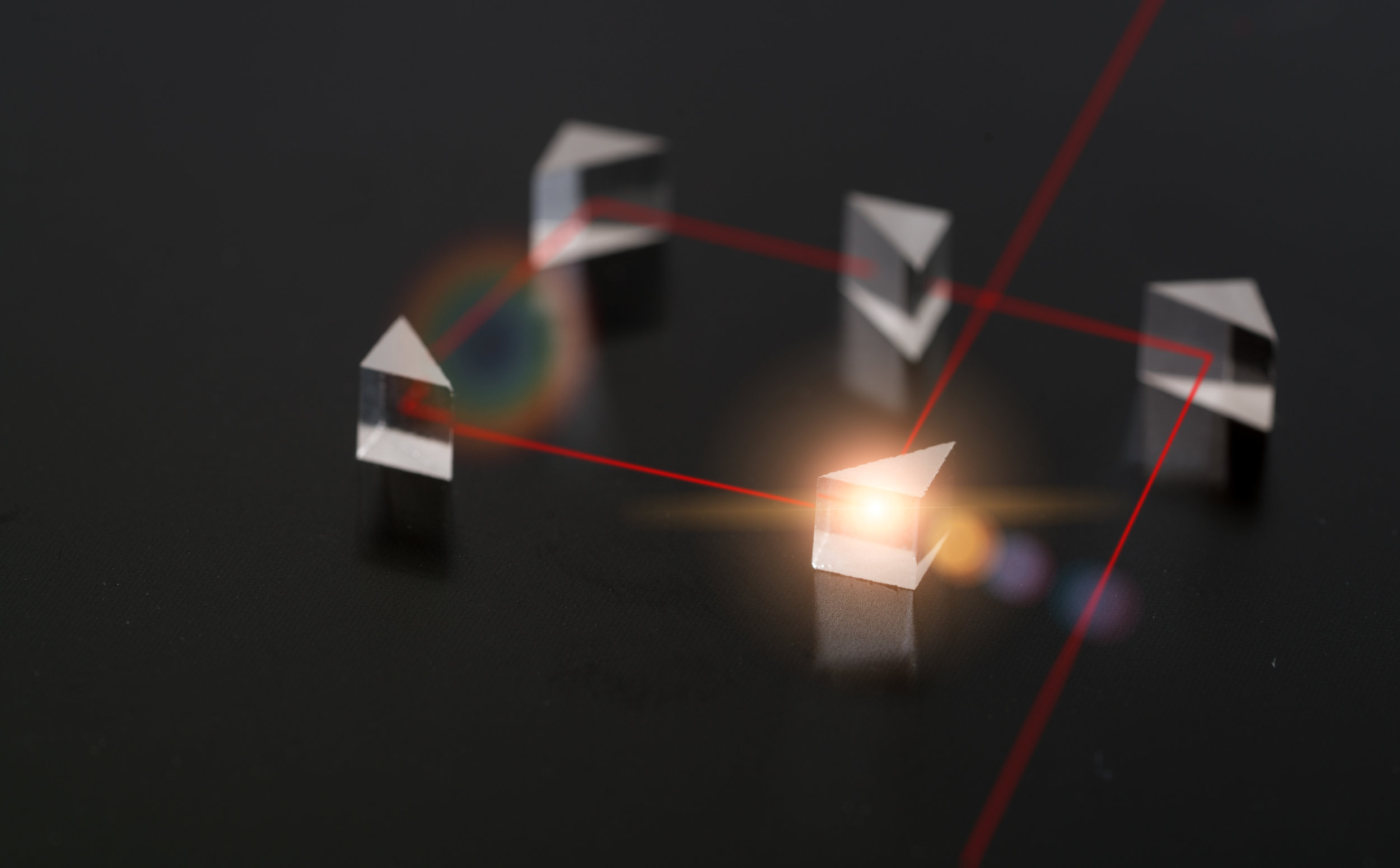Microscopic 'nano bottles' offer blueprint for enhanced biological imaging

A pan-European team of researchers involving the University of Oxford has developed a new technique to provide cellular 'blueprints' that could help scientists interpret the results of X-ray fluorescence (XRF) mapping.
XRF imaging is used for a wide range of elemental analyses and has a number of medicine-based potential applications, including tracking and understanding diseases such as Alzheimer's, and the evaluation of heavy metal poisoning.
One barrier facing this technology has been the lack of cellular blueprints with which to compare the maps arising from XRF imaging. Now, researchers have been able to seal non-biological elements inside carbon nanotubes – tiny tubes 50 thousand times thinner than a human hair – to create 'nanobottles' that can be directed to individual cells to help create these blueprints.
The results of the study are published in the journal Nature Communications.
Dr Chris Serpell, a lecturer in Chemistry at the University of Kent who worked on the project while carrying out a research fellowship in Professor Ben Davis's group at Oxford, said: 'What's amazing about these findings is that the non-biological elements are toxic or gaseous, but they’re securely sealed within the nanobottles by just a single layer of carbon atoms. We're really pleased that this paper can showcase the biological potential of carbon nanotubes.'
Dr Serpell says that by using the contents of these nanobottles – such as barium, lead or gaseous krypton – as 'contrast agents', XRF imaging could become a much more widespread technique, providing insights into behaviours of proteins that use metals, and the role they have in health.
He added: 'Carbon nanotubes were once touted as a panacea to almost every technological problem, but in recent years people have become much more cynical about their utility. These results show that there are unique applications which are only possible using nanotubes – they are now moving towards realistic applications.
'Although it is at a very early stage in the pipeline, this technology can be expected to yield new insights into disease states and the effects of heavy metal poisoning, which can in turn lead to new healthcare technologies. A similar approach could also be used to deliver radioactive elements specifically to tumours for therapy, or to enhance other imaging modes such as MRI.'
Professor Davis, from Oxford's Department of Chemistry, said: 'This work was part of a training network across Europe known as RADDEL that was launched based on an earlier discovery that radioactive iodide could be packed into sealed tubes to be used in living animals.
'This new research has expanded on that finding, creating a spectacular system that encapsulates much more difficult elements and images these in cells using the rarely used technique of XRF. We have been able to use this method to see how the tubes find their way into different compartments in individual cells, controlled largely by how we chemically "decorate" those tubes.
'It's a striking example of something that would be tough to do by any other construct – to take a gas and "bottle" it before steering the bottle to one compartment in a cell so that you can use the gas for imaging.'
Source: http://www.ox.ac.uk/news/...





